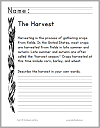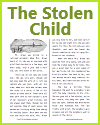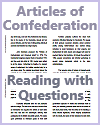| Consumer Research Project |
|---|
| Free Printable Worksheets - Scroll Down to Print (PDF) - Fun Stuff > Holidays > Thrift Week |
|---|
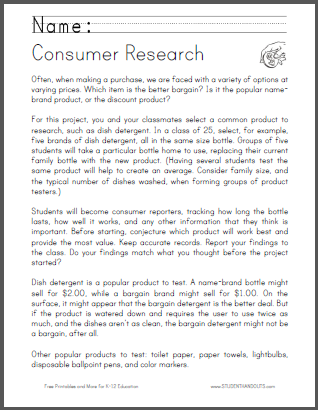 |
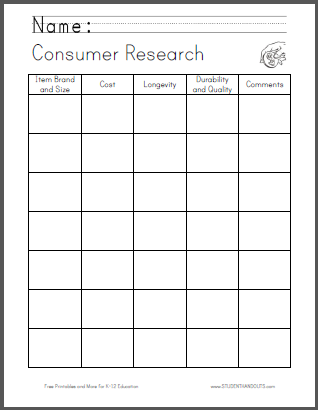 |
|---|---|
Click here to print. |
Click here to print. |
This fun economics project is research-based, in line with the Common Core. It's great to do at any time of year, but especially useful as a build-up to Thrift Week. The concept is simple--which products give us the most bang for our buck? This project can be used with students as young as second grade, depending upon how intensive the research and findings are. Often, when making a purchase, we are faced with a variety of options at varying prices. Which item is the better bargain? Is it the popular name-brand product, or the discount product? For this project, you and your classmates select a common product to research, such as dish detergent. In a class of 25, select, for example, five brands of dish detergent, all in the same size bottle. Groups of five students will take a particular bottle home to use, replacing their current family bottle with the new product. (Having several students test the same product will help to create an average. Consider family size, and the typical number of dishes washed, when forming groups of product testers.) Students will become consumer reporters, tracking how long the bottle lasts, how well it works, and any other information that they think is important. Before starting, conjecture which product will work best and provide the most value. Keep accurate records. Report your findings to the class. Do your findings match what you thought before the project started? Dish detergent is a popular product to test. A name-brand bottle might sell for $2.00, while a bargain brand might sell for $1.00. On the surface, it might appear that the bargain detergent is the better deal. But if the product is watered down and requires the user to use twice as much, and the dishes aren’t as clean, the bargain detergent might not be a bargain, after all. Cost: The price of the product you're testing. Consider asking a local store to sponsor the product testing by providing free products. Math: If you use bottles of the same size, the math is pretty basic. (With differently sized bottles, you'll need to divide to reach a per-ounce price.) Other than that, younger kids can use simple graphics and addition. For example, Brand A ($2.00) last twice as long as Brand B ($1.00). In terms of long-term price, the brands are equal. But if you get into trickier longevity, you may need division skills to boil it down to something like "cost per day." For example, "Brand A cost $1.00 and lasted five days, at a cost of 20 cents per day. Brand B cost $2.00 and lasted 20 days, at a cost of 10 cents per day." With older students, in particular, this is a great opportunity for them to work as a group to decide a way to report their findings that works best for them. At-Home Version: Parents can have kids do a similar research project at home, simply using one version of a product at a time, and logging results. Home versions allow for greater variety and "gotcha" fun. For example, parents get a break from kitchen duties by having kids switch parents' coffee brand and brew a pot. (We had a lot of fun with a family member who swore that a certain brand-name soda tasted best. We took an empty 2-liter bottle and refilled it with the store brand. Our family member never noticed any difference in taste. Warning: Don't try this trick with a stubborn old blunderbuss.) Environmental Concerns: Another factor students might consider is packaging and transportation of the product. Smaller sizes or cheaper products might be better for saving money, but more harmful on the environment. What is the cost to society (landfill space, pollution, national security, natural resources) of buying and transporting two plastic bottles instead of one? |
|---|



